Today, I bring you an interview with Liviu Flesar, an independent trader and blogger. His portal is InnerFX, which is billed as a “useful resource for traders from all over the world and a trading blog where novice traders can learn how to trade better.†Below, Mr. Flesar discusses his background and shares his thoughts on the major currencies, setting up trades, and how to reform the rating agency system.
Forex Blog: I’d like to begin by asking you about your background as a trader and as a commentator. How did you get started in forex? At what point did you make the transition from trading currencies to offering analysis to the public? What was your motivation for that decision?
Hello Adam, thank you for inviting me to the interview. Back in the year 2003, some friends were talking about investing in the stock market. I had listened to their conversations, which was quite interesting, even though I had only a little idea about what they meant. Once I got back home, I started to search on the Internet â€" looking for Stock Investing websites to learn more about it. I stumbled across various sites and soon opened my first account on a gambling site. Gambling â€" that’s right. For example, it was possible to try predicting the last decimal of a financial instrument after 10 market ticks. That was crazy and foolish. I blew my account after two weeks, so I decided to take a break and do some more research.
After browsing though forums and trading sites, I discovered the exciting and challenging world of FX Spot Trading. I also signed up with a trading advisory service, expecting to replicate its performance. The advisory service went out of business after almost one year, and I felt like I was alone in a dark place. Retail FX wasn’t too popular 7 years ago and there were only a few FX sites, so it was quite hard to find another reliable advisory service. While searching and trying to learn more, I came to understand that it’s best if I use my own brain to trade, as it is almost impossible to be successful on the long run by following other people.
I started to share my analysis with the public after one year, in 2004. I wasn’t especially motivated to do it. Perhaps I just wanted to start my own project, in a less popular niche. I wanted to give something back- to share some of what I’ve learned. Sharing market commentary on a daily basis was also keeping me focused, and the site became a great tool to improve my own discipline and to keep track of my own expectations: a hobby, a playground, a serious project â€" a little bit of everything.  
Site monetization was of course another reason â€" who would refuse some extra money?!
Forex Blog: Can you explain your approach to trading? Do you prefer fundamental analysis, technical analysis, or a mix of both?
I prefer the technical approach. When it comes to my own trading, I am a market follower. I don’t make predictions, I don’t ask questions, and I don’t seek answers. The FX Market is way too sensitive to all kind of events, both expected and unexpected. I believe that everything is reflected in market prices, so I prefer to concentrate on prices rather than analyzing the impact of every single economic data release. I don’t have enough time or skill to do that. I do care, however, about really significant things, such as quantitative easing, interest rates decisions and differentials, unemployment, bailouts, debt restructuring etc.
Forex Blog: You’ve written quite a bit about the EUR/USD. What do you make of the fact that the Euro is now rising rapidly, in spite of the unresolved sovereign debt crisis? Do you think the Euro will continue appreciating, or is it due for a correction?
EURUSD is one of the best pairs that reflects the dollar’s weakness nowadays. So this rally is not mainly about the EUR strength but rather about dollar’s weakness. Both currencies have their own major problems but recent and upcoming rate hikes by the ECB are making the euro more attractive relative to the US dollar.
Forex Blog: The Japanese Yen continues to behave erratically. After rising to a record high following the triple disaster, it proceeded to fall rapidly on the G7 intervention, only to resume its rise. What do you make of all of this. Under these conditions, is it even worth trying to formulate a fundamental trading strategy, or do you think traders should stick to technical analysis and short-term positions?
Recent history has shown that CB interventions in currency markets are ineffective and they are only causing massive short-term spikes. Although I prefer to stick to short-term predictions, I think that in the long run, both JPY and CHF will maintain their safe-haven status and will continue to strengthen against the US dollar.
Forex Blog: You recently observed that, “Nobody pays attention anymore to what the rating agencies have to say…†Why do you think this is the case? If the ratings agencies are indeed useless, how do you think individual traders gauge the seriousness of countries’ fiscal problems and the likelihood of default?
Most traders should be aware of the role the rating agencies played in the sub-prime crisis, and they were the main enablers of the financial meltdown. Well, it’s clear that fewer people care about what the rating agencies have to say. I certainly hope that traders and investors are more careful now, after the rating agencies missed both the sub-prime crisis and the eurozone debt crisis. Secondly, I don’t think we need the rating agencies to compete with each other to be the first to downgrade everything nowadays, playing the “Captain Obvious†role and telling us how troublesome sovereign debt really is. Most people can do their own research, especially large funds.  

Unfortunately, for all the flaws the “Big 3″ rating agencies have demonstrated, I think it’s a bit hard â€" but definitely not impossible â€" to find a better system. If governments would rate their own securities it would be totally pointless â€" obviously. So we shouldn’t even consider this option.
Changing the business model, making the bond buyer to pay the ratings agency instead of bond issuer probably won’t do any good either. Another option may be the Credit Default Swaps spreads, which represent more reliable data sources and viable alternatives to credit ratings.
Forex Blog: You occasionally offer “setups†to your readers. How are these designed to be used? Do you use these same setups as a basis for your own trades?
As you noted, I share charts, commentary and trade setups on regular basis.  
They are some of my own trades and intentions. As far as I know, most of my readers use their own analysis and strategies to make trading decisions and that’s what I highly recommend to beginners. All traders should do their own research before making any trading decisions. I learned that myself when I was still new to trading. I know that sometimes it is useful to read what other people expect and what strategies they use, especially when you are taking your first steps towards trading. Learning from others’ mistakes is better and more fun than learning from your own.
Forex Blog: InnerFX contains a great economic calendar that is very user-friendly. Given the abundance of economic data that is released every day, how can traders profit from this information? Which economic indicators are on your watch-list this week?
The Economic Calendar is provided by Forex Pros and is quite similar to other calendars you can find. I check it each morning in order to be aware of important economic releases and reports: I just don’t want to jump into trades a few minutes before Interest Rate Decisions or other key events. The most important events on my watch-list this week are the ECB Rate Decision and accompanying Press Conference and, of course, the NFP on Friday.
Forex Blog: Finally, what’s your advice for traders that want to beat the market and turn a profit in these uncertain times?
When it comes to trading, times will always be uncertainty: bubbles, crises, wars, rumors, lies, interventions, market manipulation etc. â€" we won’t get rid of them. My advice for traders is to have realistic goals and trade what they see, not what they think and preferably not what other people say.  
Also, don’t over-complicate trading and research. One who really understands how the market works can make great trades even if he doesn’t use any charts or indicators at all.

Powered By WizardRSS.com | Full Text RSS Feed | Amazon Plugin | Hud Settlement Statement





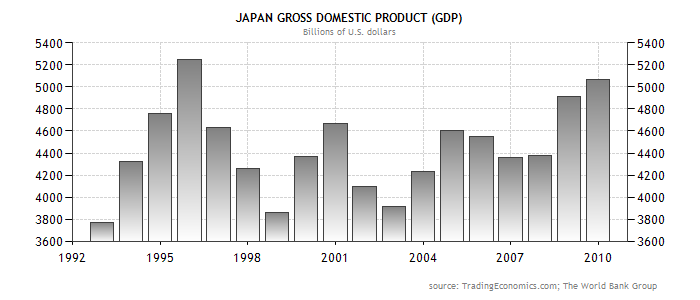
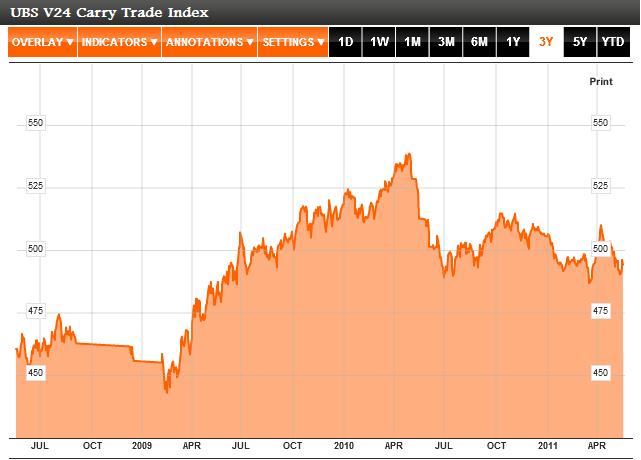

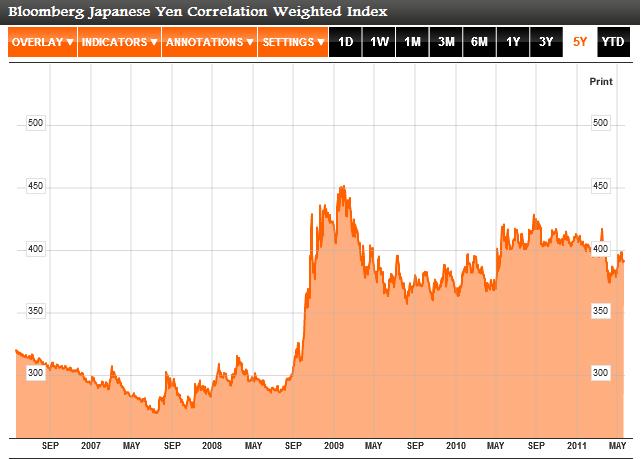
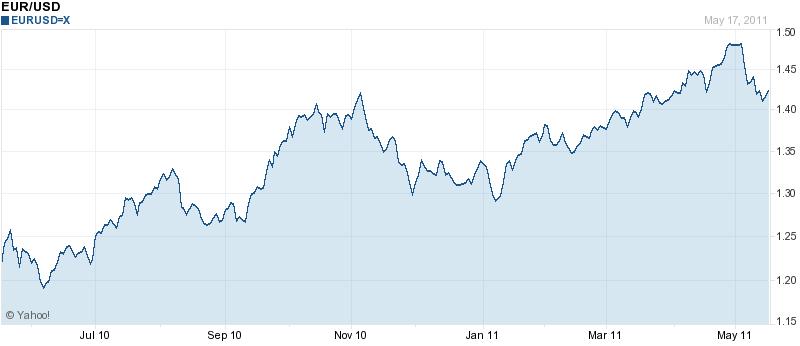
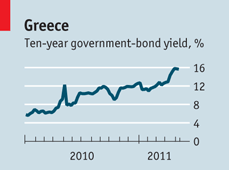
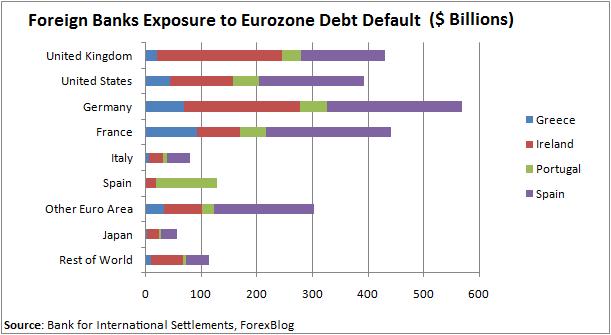

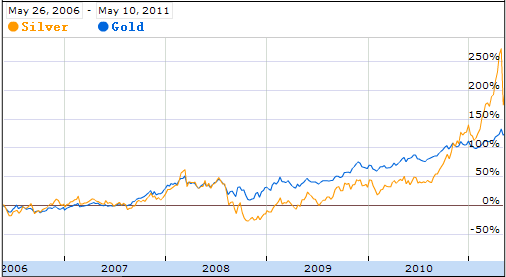
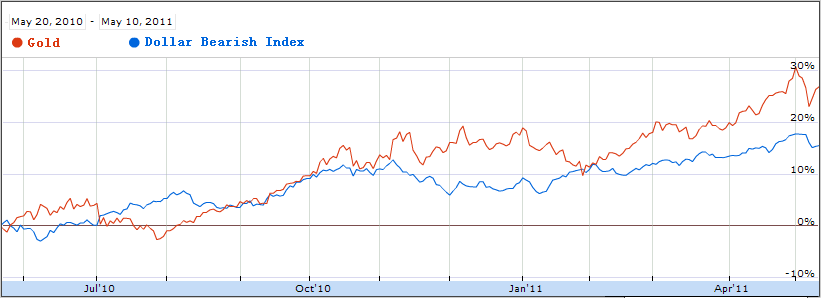

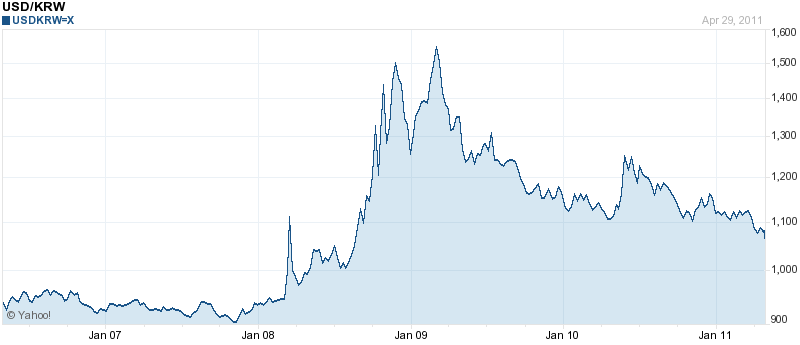
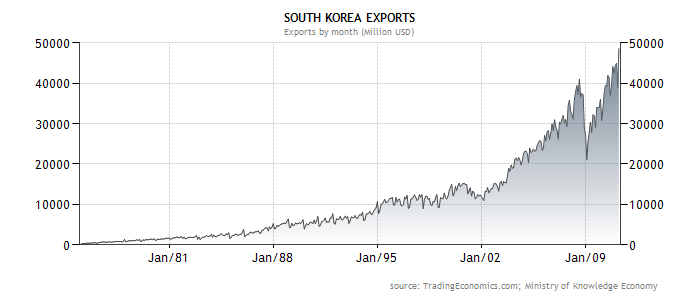 Granted, Korean inflation is also rising, and most recently touched 4.7%, which is at or above the level in neighboring economies. The Bank of Korea has taken steps to counter this, but it is understandably wary about inadvertently stoking speculative interest in the Won. Thus, it has raised its benchmark interest rate only four times since last summer, and the rate is still at a historically low level. According to the Wall Street Journal, “That’s still well below the 4% to 4.5% level where economists estimate the neutral policy rate to be.â€
Granted, Korean inflation is also rising, and most recently touched 4.7%, which is at or above the level in neighboring economies. The Bank of Korea has taken steps to counter this, but it is understandably wary about inadvertently stoking speculative interest in the Won. Thus, it has raised its benchmark interest rate only four times since last summer, and the rate is still at a historically low level. According to the Wall Street Journal, “That’s still well below the 4% to 4.5% level where economists estimate the neutral policy rate to be.â€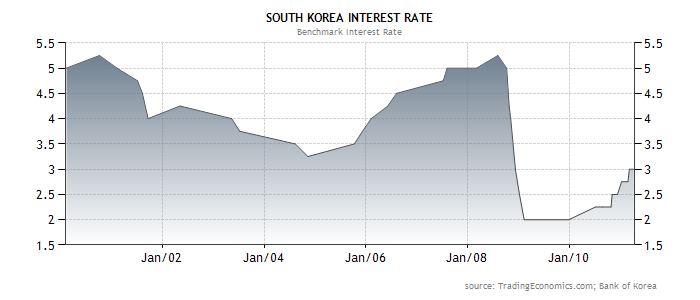 Since it’s the weekend, I’ll keep this post short and sweet! Suffice it to say that the Won still has plenty of scope for further appreciation, and unless the BOK completely avoids hiking rates, I don’t see real downside pressures. At this rate, it will probably be one of the big success stories of 2011.
Since it’s the weekend, I’ll keep this post short and sweet! Suffice it to say that the Won still has plenty of scope for further appreciation, and unless the BOK completely avoids hiking rates, I don’t see real downside pressures. At this rate, it will probably be one of the big success stories of 2011.
